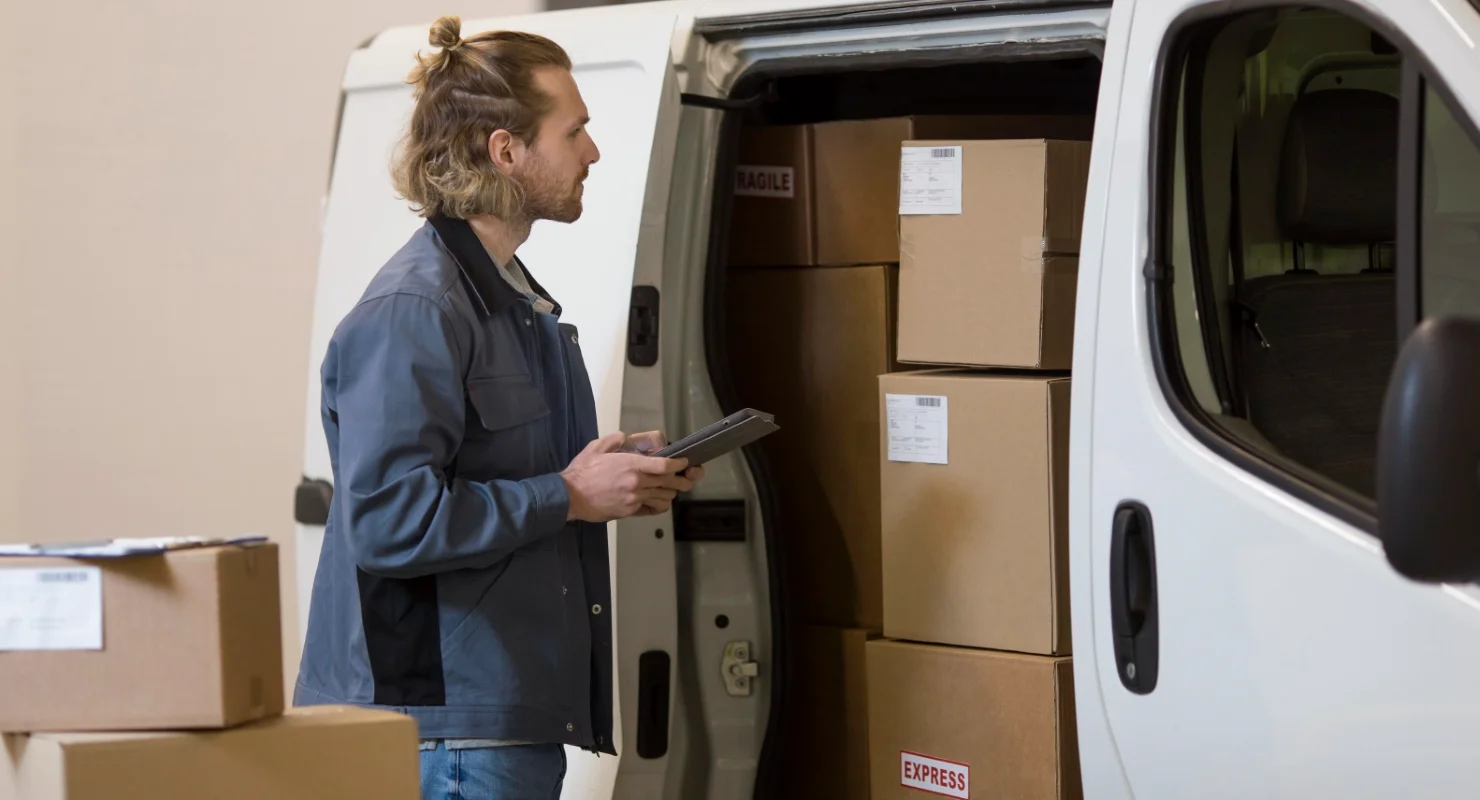
Packing For A Long Distance Move
Preparing for a long-distance move can feel overwhelming, but packing efficiently can make the process far less stressful and help ensure that your belongings arrive safely. With a few tried-and-true methods, you can simplify the task and protect your items on the journey to your new home.
Start with a Clear Packing Plan
Begin by creating a packing timeline at least a month before moving day. Divide the home into sections and assign a packing goal for each week. Organising your time this way ensures you’re not overwhelmed by last-minute tasks and that each item is packed carefully.
Planning a timeline and wanting some help? Look no further. Our checklist holds your hand through the process!
Gather High-Quality Packing Materials
Investing in strong, reliable packing supplies will protect your items during transit. Stock up on sturdy boxes, bubble wrap, packing paper, and heavy-duty tape. For valuable or delicate items, consider specialty boxes. Tip: Reuse old blankets, towels, or clothes to cushion fragile items – it’s cost-effective and environmentally friendly.
We cannot stress enough the importance of quality packing materials. Go here to get insight into what you should be using.
Pack Room-by-Room
Instead of mixing items from different rooms, pack one room at a time. Label each box with the room it belongs to and a brief description of its contents. This method helps keep things organised, and when it’s time to unpack, you can tackle each room individually. Pro Tip: Use coloured labels or markers to further categorise by room. This simple step speeds up the unloading process at your new home.
Take our word for it, an organised approach can help massively when it comes to settling in. See for yourself!
Prioritise Your Essentials
Set aside a “first-night box” containing essentials like toiletries, medications, basic kitchen items, and a change of clothes. This way, you’ll have what you need immediately upon arrival without having to search through multiple boxes.
Use Proper Packing Techniques for Fragile Items
Wrap fragile items individually with packing paper or bubble wrap and secure them with tape. Place heavier items at the bottom of boxes, with lighter, more delicate items on top. Add extra padding between items to prevent them from shifting. For added safety, mark these boxes as "Fragile" on multiple sides to alert movers.
For further tips on protecting valuable items, be sure to check out our blog post on the subject.
Disassemble Larger Furniture
To make heavy furniture easier to transport and prevent damage, disassemble what you can. Secure all screws, bolts, and small parts in labelled plastic bags, and tape them to the corresponding piece of furniture. This will make reassembly straightforward once you reach your new home.
For more insight on handling bulky items, just click the text!
Keep Valuables and Important Documents Separate
Pack valuable items, personal documents, and irreplaceable belongings separately and keep them with you during the move. This includes passports, identification, contracts, and precious jewellery. By keeping these items close, you reduce the risk of losing something important.
Prepare Your Electronics Carefully
Secure your electronics by wrapping them in anti-static packing material. Label cords and cables to make reassembly easier, and consider removing batteries to avoid potential leakage. This extra care protects devices like computers, televisions, and gaming systems during transit.
Our linked blog post highlights the professional techniques for handling delicate possessions.
Consider the Weight Distribution of Each Box
Overloading boxes can make them difficult to lift and may increase the risk of damage. Aim to keep boxes under 20 kilograms to prevent strain on movers and ensure safe handling. For heavy items, opt for smaller boxes, while lighter items can go into larger boxes.
Label Clearly and Include Contact Information
Clearly label each box with its contents, designated room, and “fragile” if applicable. Include your contact information on each box in case of loss or confusion during the move. Proper labelling helps the moving team organise effectively and helps you locate essentials quickly.
Plan for the Weather
If you’re moving during the colder months or warmer seasons, consider how weather might affect the packing process. Waterproof boxes and protective wraps are ideal for rainy conditions, while extra insulation may be needed in winter to avoid frost damage to sensitive items.
Conclusion
Packing efficiently for a long-distance move requires careful planning, quality materials, and some practical techniques. By following these steps, you can ensure a smoother, more organised experience from start to finish. A little extra effort now can save you time, stress and possible breakages later on.

